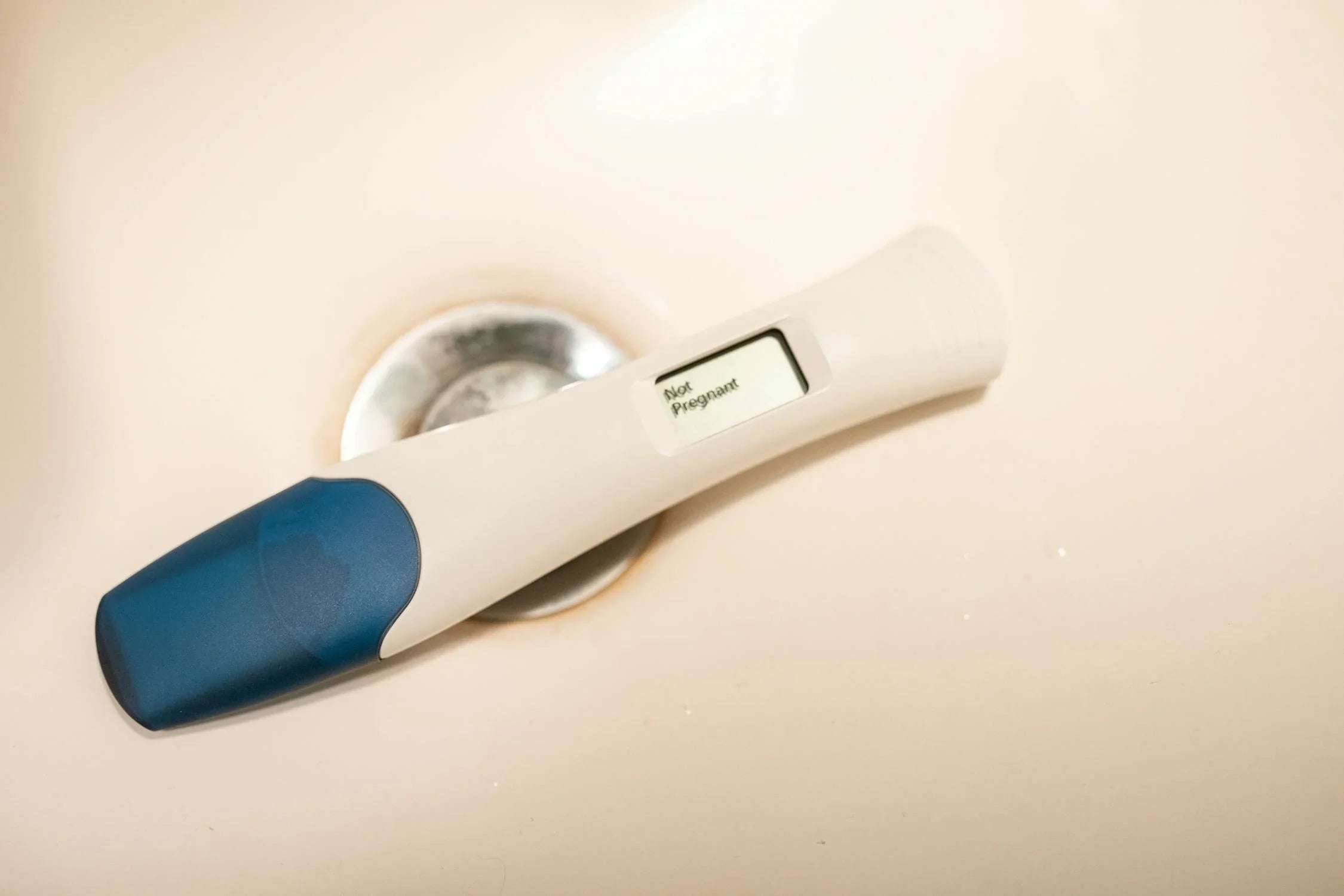Home
Pregnancy, Breastfeeding, and Pumping: The Ultimate Guide for Moms
How Can We Do Pregnancy Test at Home: A Comprehensive Guide

How Can We Do Pregnancy Test at Home: A Comprehensive Guide
Pregnancy is a life-changing event, and knowing whether you are pregnant can bring a mix of emotions. Fortunately, modern technology has made it possible to determine pregnancy from the comfort of your home. This article will guide you through the process of how you can do a pregnancy test at home, ensuring you get accurate and reliable results.
Understanding How Home Pregnancy Tests Work
Home pregnancy tests are designed to detect the presence of a hormone called human chorionic gonadotropin (hCG) in your urine. This hormone is produced by the placenta shortly after a fertilized egg attaches to the uterine lining. The levels of hCG increase rapidly in the early stages of pregnancy, making it a reliable marker for pregnancy detection.
When to Take a Home Pregnancy Test
Timing is crucial when it comes to taking a home pregnancy test. Most tests recommend waiting until the first day of your missed period for the most accurate results. Testing too early may result in a false negative, as the hCG levels might not be high enough to detect. However, some sensitive tests claim to provide accurate results even a few days before your missed period.
Steps to Perform a Home Pregnancy Test
Performing a home pregnancy test is simple and straightforward. Here are the steps you should follow:
- Read the instructions carefully before starting the test. Different brands may have slightly different procedures.
- Collect your urine in a clean, dry container. Some tests allow you to hold the test stick directly in your urine stream.
- Place the test stick in the urine sample for the specified amount of time, usually a few seconds.
- Wait for the recommended time, typically a few minutes, for the results to appear.
- Check the test result. Most tests display lines or symbols to indicate whether you are pregnant or not.
Tips for Accurate Results
To ensure the most accurate results, consider the following tips:
- Use the first urine of the day, as it is more concentrated and contains higher levels of hCG.
- Follow the instructions precisely, including the timing for reading the results.
- Avoid drinking excessive fluids before the test, as it may dilute the hCG levels in your urine.
- Check the expiration date of the test to ensure it is still effective.
Interpreting the Results
Interpreting the results of a home pregnancy test is usually straightforward. A positive result typically indicates that you are pregnant, while a negative result suggests you are not. However, there are a few scenarios where the results might be unclear:
- A faint line may still indicate a positive result, as it shows the presence of hCG.
- An evaporation line, which appears after the recommended reading time, should not be considered a positive result.
- If you receive a negative result but still suspect you are pregnant, consider retesting after a few days or consulting a healthcare professional.
What to Do After a Positive Result
If your home pregnancy test indicates a positive result, it is important to confirm it with a healthcare provider. They may perform a blood test or ultrasound to confirm the pregnancy and provide guidance on the next steps. Early prenatal care is essential for the health of both the mother and the baby.
Common Myths About Home Pregnancy Tests
There are several myths surrounding home pregnancy tests that can lead to confusion. Here are a few common ones debunked:
- Myth: Home pregnancy tests are not accurate. Fact: When used correctly, home pregnancy tests are highly accurate.
- Myth: You can only test in the morning. Fact: While morning urine is more concentrated, you can test at any time of the day.
- Myth: A faint line means you are not pregnant. Fact: A faint line still indicates the presence of hCG and should be considered a positive result.
When to Seek Medical Advice
While home pregnancy tests are reliable, there are situations where you should seek medical advice:
- If you receive a positive result but experience severe pain or bleeding, it could indicate an ectopic pregnancy or miscarriage.
- If you receive a negative result but continue to experience pregnancy symptoms, consult a healthcare provider.
- If you are unsure about the results or have any concerns, it is always best to seek professional advice.
Knowing how to do a pregnancy test at home empowers you to take control of your reproductive health. By following the steps and tips outlined in this article, you can ensure accurate results and make informed decisions about your next steps. Whether you are hoping for a positive or negative result, understanding the process and what to do afterward is crucial for your well-being.
Share
